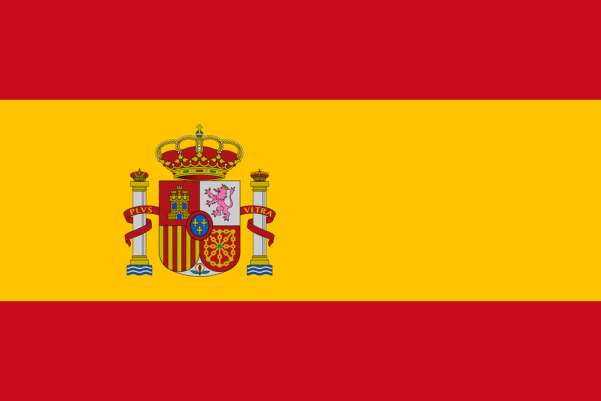Amazonia is not only of extreme importance to Brazil but the rest of the world
The Amazon rainforest, also known as Amazonia, is one of the more immediate landscapes people associate with Brazil. From as early as primary school, children all over the world are taught that the Amazon rainforest represents much of what remains of the planet’s tropical vegetation. It is so significant that in 2000 UNESCO declared it a World Heritage Site.
The forest stretches across nine countries—Peru, Venezuela, Ecuador, Bolivia, Colombia, French Guiana, Guyana and Suriname—but most (about 60%) occupies Brazilian territory.
More specifically, in Brazil, the rainforest accounts for much of the northern states (Acre, Amapá, Amazonas, Roraima, Pará, Rondônia and Tocantins) and some of the country’s Northeast and Central West (Maranhão, Mato Grosso and Goiás). As such, it is home to Brazil’s most extensive natural biosphere, the Amazon biome, which accounts for almost half of the country’s total landmass.
Scholars believe it was formed at least 50 million years ago, and the region’s vegetation has evolved significantly over time due to several ice ages and all atmospheric, climatic and terrestrial changes. However, these shifts have contributed directly to the area’s vast biodiversity, considered the richest in the world, since many species survived and thrived under these shifting conditions.
Oddly enough, the Amazonian soil needs more nutrients and minerals. So, how can a forest of this magnitude have relatively infertile soil? Well, the answer is simple: equilibrium. The present ecosystem has reached an almost unbelievable perfection when it comes to nutrient absorption.
As if being the planet’s largest rainforest wasn’t enough, it also boasts the world’s largest river basin, home to the longest river in the world, the Amazon River, which flows from its source in Cordillera dos Andes to Peru, Colombia and finally Brazil, where it meets the Atlantic Ocean.
Research suggests that humans first settled in the forest about 10,000 years ago. Many indigenous peoples disappeared as of the sixteenth century; many were slain at the hands of early colonial settlers or fell victim to the diseases these newcomers brought from mainland Europe. But thankfully, their traditions persisted, and today, many play an important role in modern-day Brazilian culture, especially in the North.
But the most striking aspect of Amazonia is its colossal biodiversity. The fauna and flora are unequalled and subject to research and academic study led by specialist teams from across the globe as they seek to uncover the mysteries of the tens of thousands of species of plants and animals that make this habitat their home.
Even with all these carefully choreographed efforts to catalogue and identify life in the rainforest, there is still much to be known about the species that live there. Some of the most renowned inhabitants are the jaguar, the puma, the macaw, the Amazonian blue, the toucan and the alligator. At the same time, the best-known plants are bromeliad, jatobá, cupuaçu, graviola and guarana.
This boundless biodiversity is the pillar that guarantees the essential ecological balance of the region, not only of the forest itself but also of other nearby biomes and even local agriculture, which depends on natural pollinating agents for the production cycle of food and grains. Furthermore, the presence of these agents contributes to the propagation of the most varied species of plants, hence mitigating any future danger of extinction.
Another vital impact of the forest relates to its trees. They release an overwhelming amount of water in vapour form, enough to supply the lower half of the country with sufficient rain, as well as several neighbouring countries, including Argentina and Uruguay. Besides the obvious benefits of such precipitation, these rains help propel hydroelectric plants, the output of which is used to power a nation.
The Amazon region, above all, serves as an essential climate catalyst, especially when considering climate change in today’s world. The forest’s plants ultimately help regulate the carbon in the atmosphere, promoting cleaner, fresher air.
Sustainable ecotourism and conscious extractivism are two modern-day practices that seek to curb deforestation and supersede any other damaging activities. By employing the local inhabitants, for example, it becomes easier to assess natural impacts whilst still generating revenue for the area.
For more information about Brazil, travelling to Brazil, Holidays in Brazil and Brazilian tourism please also visit VBRATA Visit Brazil Travel Association.
The Brazilian Destinations online training courses for travel agents are offered and managed exclusively by VBRATA Visit Brazil Travel Association. Brazil Online Training by VBRATA offers travel industry specialists the opportunity to learn more about Brazilian destinations and travel products by offering a selection of Brazilian online courses so that travel agents can increase their knowledge and become a specialist in Brazil.

















